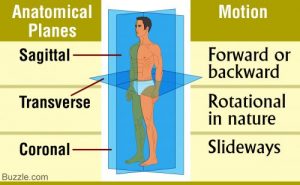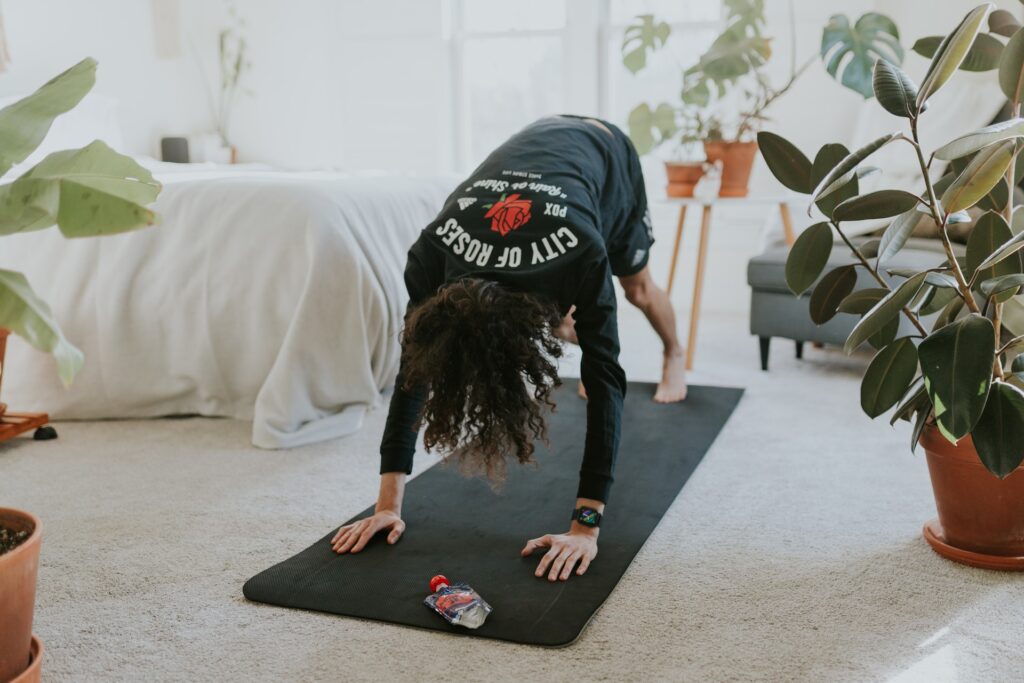I was writing some training programs for our professional baseball players, and some of them showed me workouts they had done with their organizations and past trainers. It was when I was auditing through the programs a couple realizations hit me – realizations that I think can apply to everybody out there.
When you’re doing exercise in a meaningful way and you have tangible goals, whether it be for people like the pro baseball players to do things like hit more home runs, or to stay healthier, or to get faster, they will have specific goals that help them with the performance which ultimately helps them try to get paid more and stay in the league longer.
But the same thing goes for everybody else; people who are going to the gym for weight loss, or to get a bigger upper body, or to tone up, or even those just getting ready for their own wedding. In all cases, there’s always a lot of things that have to be thought through and planned. But the thing that’s missed the most often in all exercise routines is multi-plane development. What I mean by that is most people, trainers included, will only train people in the front to back plane of motion – it’s what we call the anterior posterior plane or the sagittal plane. If you’re a pro sportsmen and you stay only in that plane you leave yourself open to performance loss and injury risks. But for non-pros as well, it becomes a huge flaw in your technique that will prevent you getting the most out of your exercise routines.
For example, most people will do squats and then they’ll do deadlifts and then maybe some lunges but very few times will they incorporate something that’s lateral to either side because that’s actually where your explosion and some of your maintenance type of programs come in.
The long story short, you have to make sure you put multi-plane exercises into your routine. When we do all our programming for pro athletes, it’s got to have the front to back plane, but it also has to have lateral plane of motion and a rotary component, which I think is the most overlooked aspect of training. From an injury prevention point of view, most ACL and meniscus non-contact injuries of the knee happen with some type of rotary component. If you’re not conditioning your joints for rotary and lateral movement you’re putting yourself at risk.

I know some of you are saying, “Oh yeah, I don’t play professional sports. I’m not an athlete.” What you’re forgetting is that you do go up and down steps every day, you do lunge down to get the laundry out of the dryer or the washing machine. Just for everyday joint strengthening, lateral and rotational motion is a very, very important thing.
My final thought is, when we talk about exercise do’s and don’ts and programming, the other big component or another thing we miss is we don’t work on force absorption enough. We focus too much on force production. That’s the “can you jump higher, can you bench press more, can you curl more, can you squat more.” We’ve become wrapped up in force production, but forget that most injuries happen with a force absorption and a deceleration component, whether you’re playing pick-up basketball, playing tag with your friends, or playing with your kids. For example, the landing from a jump, the stopping from a full-on sprint, or just changing direction.
I would recommend adding a force absorption component to all your exercise programs, whether you’re a pro athlete, a mom trying to lose weight, or just a weekend warrior. It will definitely help you with your performance, but more importantly, it will keep you healthy so you can do what you want to do with your exercise regime or even your day to day life.




